Seasonal fishing patterns have long been an essential knowledge for anglers, whether they are beginners, enthusiasts, or professionals. Understanding these patterns and their effects on fish behavior, habitat, and fishing conditions is crucial for an angler’s success. This essay will delve into various aspects, such as the biology of different fish species, changes in weather, water conditions, and fishing techniques, as well as the role of regulations and ethics in seasonal fishing practices. The significance of gaining practical knowledge and networking among fellow fishermen will also be highlighted, offering the readers essential insights into the fascinating world of seasonal fishing.
Effective Seasonal Fishing Strategies
To effectively grasp seasonal fishing patterns, it is essential to first familiarize yourself with the behavior and habitat of various fish species. Each species has unique feeding habits, migration patterns, spawning behaviors, and preferred environments. Understanding these factors will enable you to adapt your fishing strategies to target specific fish at different times of the year.
Fish feeding habits often fluctuate with the seasons, largely influenced by the availability of prey and changes in water temperature. For example, during the fall, fish such as bass and walleye are more likely to feed aggressively in preparation for the colder winter months. This seasonal increase in feeding activity can provide excellent opportunities for anglers to catch more fish by using appropriate baits and techniques. However, during the winter season, fish might enter a state of reduced activity and feed less frequently due to cold water temperatures, requiring different approaches and patience.
When it comes to migration patterns, many fish species undergo seasonal movements as they search for optimal feeding grounds, water temperatures, or spawning locations. A well-known example is the annual migration of salmon, which swim upstream to spawn in the colder months. Understanding these migration patterns and knowing when these occur can greatly increase your chances of a successful catch. For instance, targeting structures such as bridges, underwater ledges, or points where a river meets a lake can often be productive as these are common migratory routes for several fish species.
Furthermore, being aware of spawning behaviors is vital when fishing in different seasons. Numerous fish species lay eggs during the spring or fall period, making them more susceptible to anglers, especially in shallow waters. As spawning seasons often vary between species, it is crucial to recognize these periods and be mindful of the specific locations where fish are likely to spawn, including shallow flats or rocky areas in freshwater, and estuaries or inlets in saltwater.
Learning about the preferred habitats of various fish is crucial when it comes to fishing in diverse environments. Fish often have specific preferences for water depth, temperature, and structure. For example, some species like striped bass prefer deeper water with strong currents, while others like sunfish often inhabit shallow areas close to vegetation. By understanding these preferences and knowing the type of structures that attract certain fish species, you can tailor your strategy to target specific spots, increasing your chances of landing a catch. This knowledge will be invaluable as you strive to adapt your fishing techniques and maximize your success throughout the year.
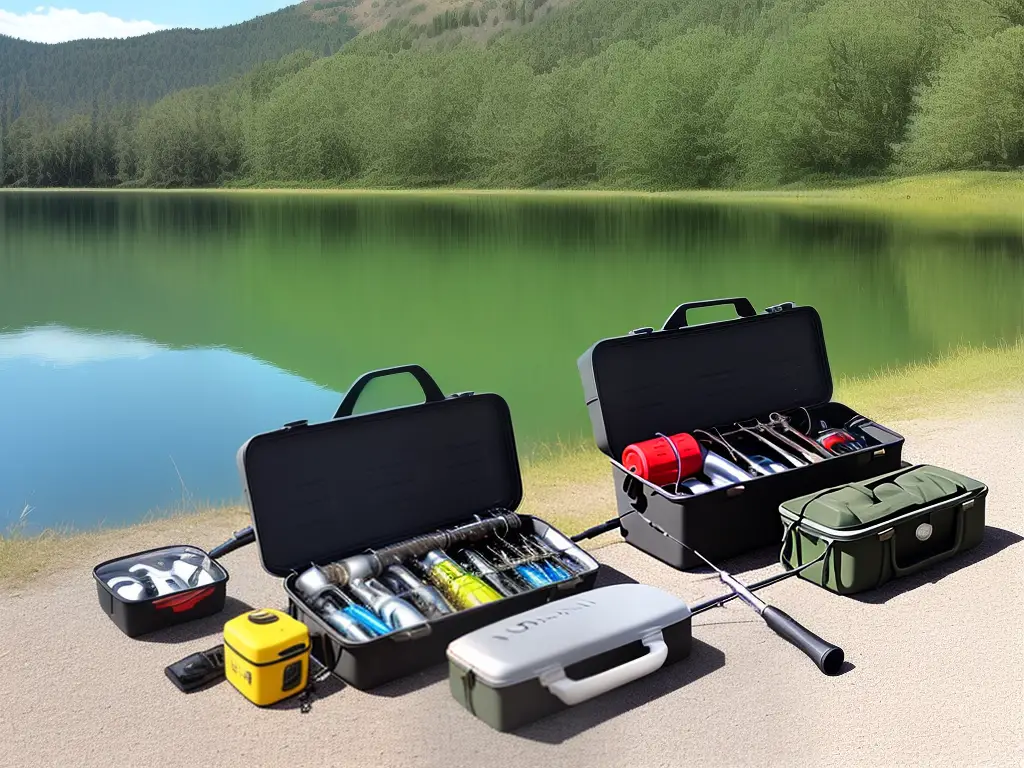
Seasonal Fishing Patterns
Another important factor to consider when aiming to become skilled at seasonal fishing patterns is understanding how weather and water conditions greatly impact fish behavior. Water temperature plays a vital role in determining the feeding habits and activity levels of fish. As a result, fishermen who can recognize the changing weather patterns and water temperatures will be better equipped to select efficient fishing spots during different seasons. Building on your knowledge of preferred habitats, studying these changes in weather and water conditions will further enhance your ability to identify the ideal fishing times and conditions throughout the year, allowing you to catch more fish in various seasons.
During the spring season, as the water temperature begins to rise, fish become more active and start moving towards shallow waters in search of food. This occurs because warmer water contains more dissolved oxygen, which accelerates the metabolism of fish and makes them more inclined to feed. The increased daylight hours also contribute to the growth of aquatic plants and the multiplication of insects and smaller fish, which attract larger fish looking for a meal. Hence, spring is an excellent time to fish in shallow waters, close to the shoreline, and near areas with abundant vegetation.
Summer months usually result in warmer water temperatures, causing fish to seek cooler and deeper waters. Fish are cold-blooded animals, which means their body temperature is influenced by their surrounding environment. Warmer water temperatures can result in higher metabolic rates, but also lower dissolved oxygen levels, forcing fish to balance their need for food with their need for oxygen. Consequently, anglers should focus on fishing during cooler times of the day, such as early morning or evening, and consider using live baits to entice fish to strike.
As temperatures begin to drop during the autumn season, fish become more active again in their search for food to prepare for the upcoming winter months. The cooling water temperatures trigger a fish’s instinct to begin eating more, causing them to move to shallower waters, much like in the springtime. Fall is a prime time to fish for a wide variety of species, as their increased activity makes them more aggressive and likely to bite on different types of lures and baits.
Winter presents unique challenges for fishing enthusiasts due to colder water temperatures and potential ice cover. As fish become less active with lower metabolic rates, they conserve energy and feed less frequently. Adapting to this situation, skilled anglers target deep, slow-moving pools where fish are likely to be resting. Using small, slow-moving baits and lures or ice fishing techniques can yield positive results during the winter season. Studying fish behaviors throughout the seasonal changes is crucial for those who wish to succeed in catching fish all year round.

Best Baits and Lures for Each Season of Fishing
One of the key aspects of mastering seasonal fishing patterns is knowing which baits and lures are most effective during each season. As winter transitions into spring, fish become more active, looking to feed after the long cold months. Effective baits for spring include live worms, minnows, and crawfish, as these are some of the first natural food sources to become available to fish in the warming water. Lures that resemble these creatures, such as soft plastic worms, spinnerbaits, and crankbaits, are also highly effective during this time. By understanding the connection between the seasons and fish behavior, anglers can enhance their fishing success throughout the year.
Summer brings warmer water temperatures, which increases the metabolism of fish and makes them more active and aggressive. In the early days of summer, topwater lures and shallow-diving crankbaits can be highly effective. As the season progresses, using deeper-diving crankbaits, as well as plastic worms and lizard imitations, can lead to success as fish head for deeper water to stay cool. Live baits like crayfish, shiners, and chubs can also be highly effective in summer.
As autumn arrives, fish begin to feed more aggressively in preparation for the colder months ahead, making this an ideal time to use a broader range of baits and lures. Popular options for fall fishing include jerkbaits, swimbaits, and lipless crankbaits, which can trigger reaction strikes from bass and other species. Matching the hatch becomes especially important as baitfish schools become more abundant, so be sure to use lures that mimic the size and color of the local forage.
During the winter months, fish become more lethargic and less active due to the colder water temperatures. Slow-moving baits and lures are typically the most effective during this time, as they provide an easier target for sluggish fish. Jigs tipped with soft plastic trailers or live bait can be especially productive, as can smaller spoons and blade baits. Working these lures slowly along the bottom or in deep pockets, where fish are most likely to congregate during the winter, can lead to success when other options may not.
Understanding the importance of colors and sizes of baits and lures is crucial in seasonal fishing patterns. Fish tend to be attracted to brighter colors in murky water or on overcast days, while more natural, subdued colors might be preferred in clear water or on sunny days. Adjusting the size of your bait or lure to match the size and activity level of the target species can further improve your chances of success in various fishing seasons.
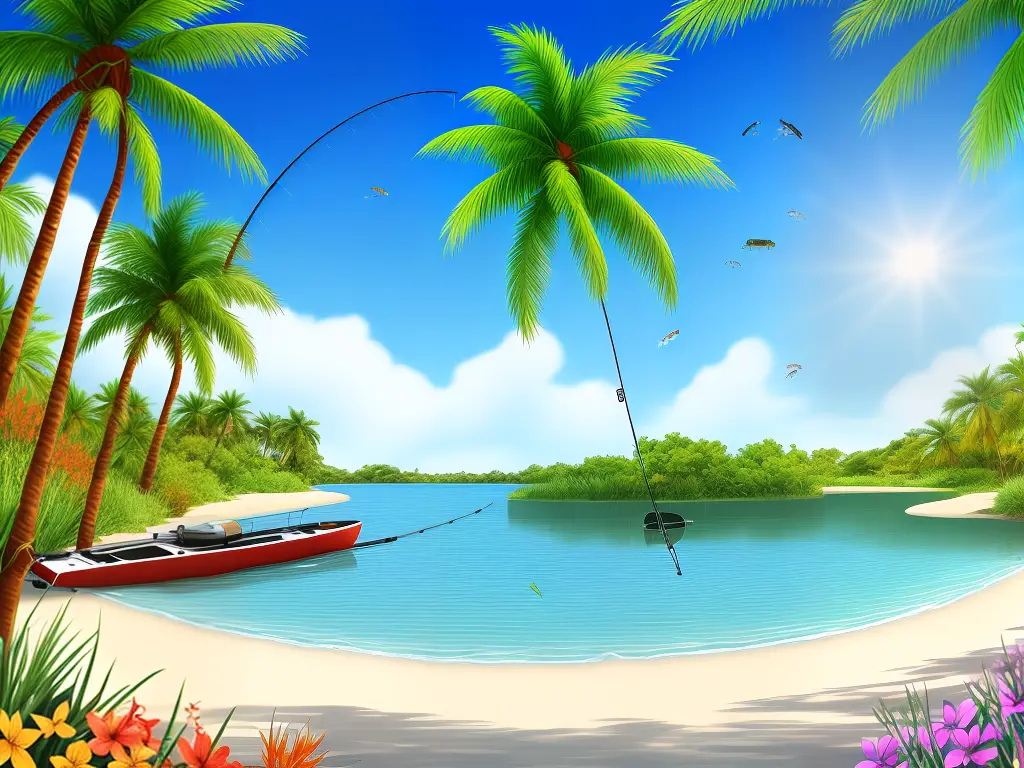
Seasonal Fishing Techniques
Moving on to the spring season, it can be highly rewarding as fish become more active after a long winter. The rising water temperature causes fish to move toward shallow waters in search of food, making them easier to locate. During this time, adjusting your bait or lure colors as mentioned earlier, and using topwater lures and live baits can effectively entice hungry fish. Furthermore, spring is the prime spawning season for many fish species, causing them to congregate in specific areas such as shallow gravel beds and near fallen trees or structures. By targeting these areas and utilizing soft plastics and spinnerbaits, you’ll increase your chances of catching fish in spring.
In the summer months, fishing techniques and strategies need to adapt to the behavior of the fish as they face warmer water temperatures. Fish will often move to deeper, cooler waters during the day, and may only come to shallow areas to feed early in the morning or at dusk. This makes early morning and late evening prime fishing times when the fish are most active. Additionally, focusing on shaded areas or cooler water pockets, such as those near river inlets and around underwater structures, can yield more fish catches. Employing deep-diving crankbaits and slow-sinking soft plastics during the summer months can significantly improve catch rates.
As the fall season arrives, fish begin to prepare for the upcoming winter by actively feeding to store energy. During this time, anglers can capitalize on fish movement as they migrate into shallow water near shorelines and structures to find baitfish. Utilizing search baits such as crankbaits, jerkbaits, and spinnerbaits can help cover a larger area as you search for fish concentrations. Additionally, paying close attention to water temperature can help locate fish, as they prefer slightly warmer water in the fall. Vertical jigging and drop shot techniques may also be effective during the fall season, as fish will often hold in deeper water during the day.
Winter fishing presents unique challenges and opportunities to anglers, due to the cold water temperatures and the slowing down of fish metabolism. Although the fish may be less aggressive, they continue to feed at a slower pace, requiring anglers to alter their technique to match the fish’s behavior. Slow presentation and finesse techniques are crucial during the winter months, with baits such as jigs or soft plastic worms effectively enticing fish to bite. Patience is key when fishing in the colder season, as bites will be softer and less frequent. Targeting deeper waters and areas with stable temperatures, such as around underwater structures or near current breaks, will be beneficial in locating fish during winter.
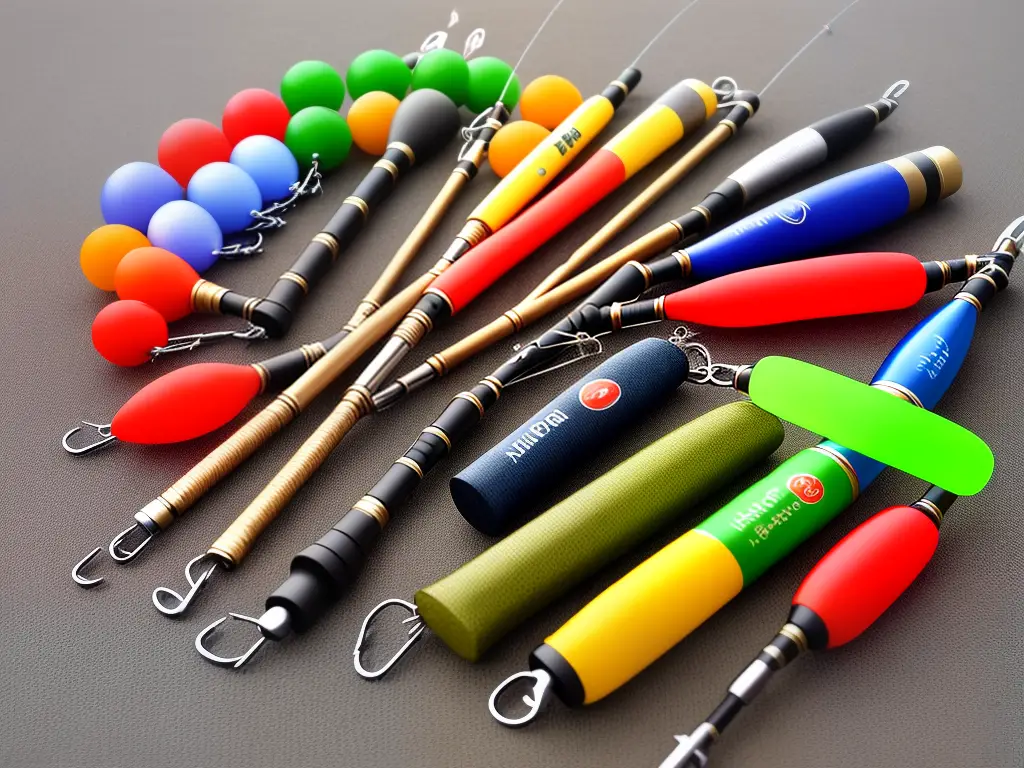
Understanding Fishing Regulations and Ethics for Seasonal Fishing Patterns
As you adapt your angling practices to align with winter conditions, it’s equally important to familiarize yourself with the various fishing regulations and ethics specific to each season and location. These guidelines serve to encourage responsible angling practices and ensure the preservation and repopulation of various fish species. By understanding seasonal catch-and-release guidelines, limits on certain species, and responsible angling practices, you’ll not only comply with the law but also contribute to a sustainable fishing environment. Mastering these two aspects – adapting to seasonal fishing patterns and respecting regulations – will undoubtedly enhance your skills and enjoyment as an enthusiastic angler.
In many regions, fishing regulations exist for different seasons to protect various fish species during their critical periods, such as spawning. These regulations may include size and bag limits on particular species, fishing equipment restrictions, or even complete closure of specific water bodies during certain times. It is essential for anglers to keep themselves updated about any changes in the regulations by regularly checking the local Department of Fish and Wildlife or similar governing bodies’ websites and publications. Adhering to the regulations is not only an ethical practice but also essential for maintaining diverse and abundant fish populations.
Catch-and-release fishing plays a significant role in responsible angling practices, specifically during sensitive periods for various fish species. To minimize stress and injury to the fish during catch-and-release, anglers should follow recommended guidelines such as using barbless hooks, handling fish gently with wet hands, and minimizing the time the fish spends out of the water. Understanding fish behavior and habitat preferences during different seasons will help anglers target specific species, further reducing potential impacts on nontarget species during catch-and-release.
Another essential aspect of fishing ethics is practicing responsible angling by respecting fellow anglers, landowners, and the environment. This includes avoiding overcrowding fishing areas, refraining from trespassing on private property, and leaving fishing spots clean and undisturbed. Educating oneself about proper fish handling techniques, understanding the importance of aquatic habitats, and avoiding the spread of invasive species by cleaning gear before moving to another location are also essential ethical practices that every angler should follow.
As an enthusiast or hobbyist looking to become skilled in seasonal fishing patterns, it is essential to familiarize oneself with regulations, guidelines, and ethical practices to contribute to a healthier and more sustainable fishing environment. This approach not only enhances the angler’s experience but also ensures that they can enjoy their hobby without causing harm to the fish population and their surroundings. By understanding the importance of these practices, anglers can cultivate responsible habits that promote the continuous growth and thriving of fish species for generations to come.
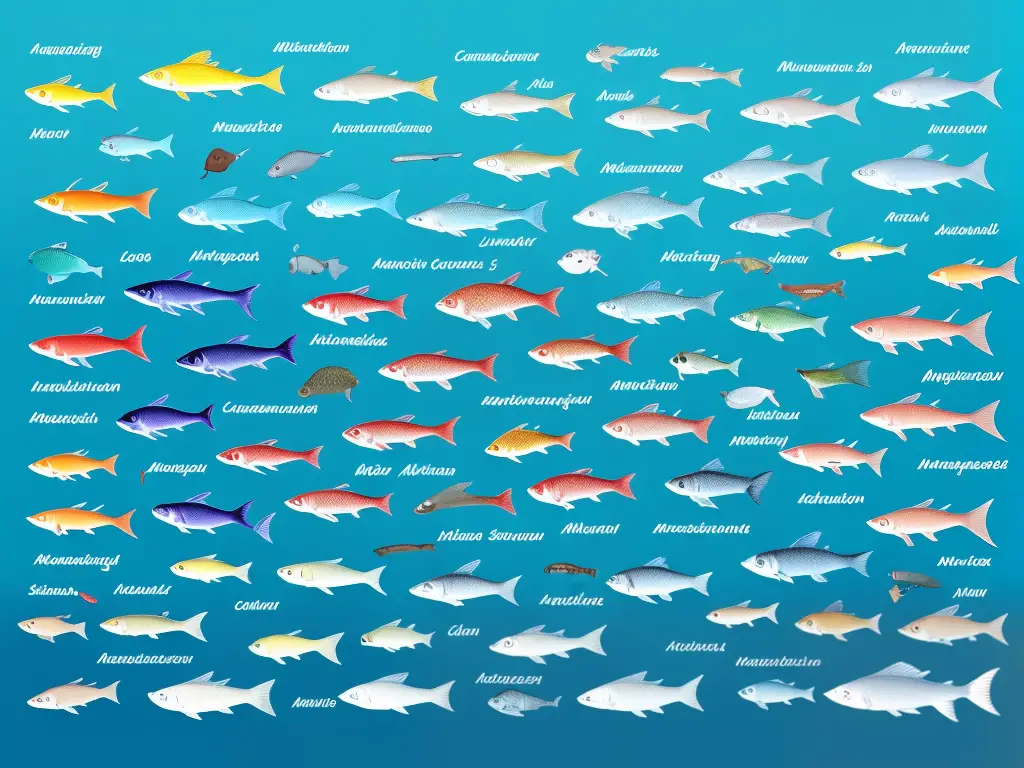
Understanding Seasonal Fishing Patterns
Building on the importance of responsible angling, understanding seasonal fishing patterns is a crucial aspect in increasing the chances of a successful catch. Local and regional fishing patterns vary by area, influenced by factors such as fish species, habitats, and migration routes. By familiarizing oneself with these patterns, anglers are able to better anticipate where they should target their efforts, resulting in a more engaging and rewarding experience. A well-rounded knowledge of ethical practices and seasonal patterns will undoubtedly set the foundation for becoming a skilled angler in the future.
One aspect to consider when researching local seasonal fishing patterns is the life cycles and spawning behaviors of various fish species in your area. Fish species often spawn during specific seasons, with their location and feeding habits changing accordingly. Additionally, it is essential to take into account the effects of water temperature on fish behavior. Many fish species are more sensitive to changes in water temperature and are likely to seek out their preferred temperature range.
Seasonal fishing patterns are greatly influenced by factors such as the availability of food sources for different fish species. Aquatic insects and forage fish species follow their own seasonal life cycles, creating opportunities for anglers to capitalize on the increased feeding activity of larger predatory fish. Additionally, weather patterns and seasonal fluctuations contribute to the overall fishing patterns in a given region. By considering these factors and adjusting your fishing strategies accordingly, you can set yourself up for success during any season.
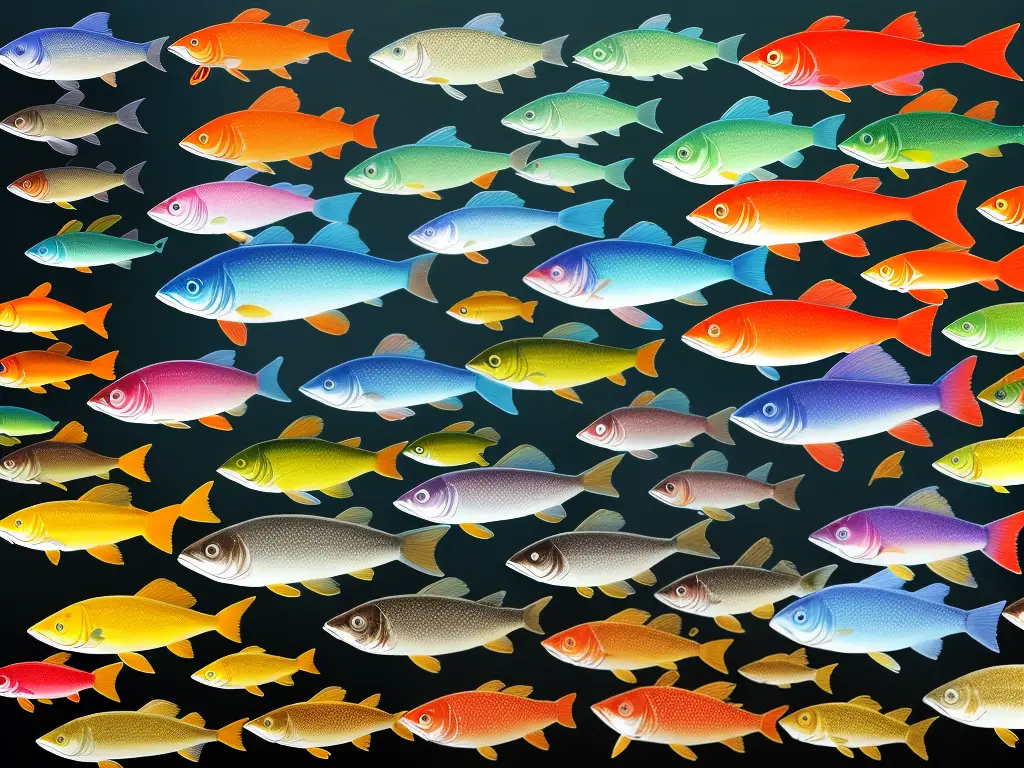
Practical Methods for Understanding Seasonal Fishing Patterns
To hone your understanding of these seasonal patterns, it’s important to plan and embark on fishing trips throughout the year. Each season presents unique opportunities and challenges; therefore, gaining experience by being on the water through diverse weather conditions and temperatures will help you become skilled in adapting to these changing patterns. Furthermore, frequent fishing trips will not only deepen your familiarity with the behavior of the target species but will also expose you to various fishing techniques, tackle, and bait that are most effective depending on the season. This practical approach will ultimately guide you towards mastery of seasonal fishing patterns.
Building connections with fellow anglers is another invaluable approach to enhancing your knowledge of seasonal fishing trends. Seasoned fishermen are often eager to share their wisdom, experience and even trade secrets. Engaging in conversations with others, both online and in-person, can lead to a plethora of inside tips about local fishing spots, as well as how certain species react to different seasonal patterns. Joining fishing clubs, forums, or attending events like fishing seminars are excellent avenues to meet like-minded individuals who share your passion for seasonal fishing.
In addition to learning from others, sharing your own experiences can be beneficial as it invites constructive feedback to help you improve your seasonal fishing skills. Fishing trips with fellow anglers provide opportunities to share firsthand experiences, exchange insights on seasonal patterns, and discuss the effectiveness of various fishing techniques. Collaborating with others allows you to learn faster and efficiently by dissecting multiple scenarios and adopting new perspectives.
Another essential aspect is researching the preferences and behaviors of the specific fish species you wish to target during each seasonal shift. Understanding factors such as spawning behavior, preferred habitat, and feeding habits are crucial for pinpointing the optimal fishing locations and techniques throughout different times of the year. This species-focused approach will complement your practical experience on the water and enable you to make well-informed decisions when adapting to seasonal changes.
Continually expanding your knowledge will refine your seasonal fishing skills and allow you to confidently tackle various challenges that surface with each changing season. Leveraging the intersection of practical fishing experiences, networking with experts and enthusiasts, and deepening your understanding of species-specific preferences are all crucial aspects that will pave the way towards success in seasonal fishing. Ultimately, diligently putting in the effort to learn and grow by immersing yourself in both theoretical and practical aspects of seasonal fishing patterns will greatly pay off in becoming an accomplished angler.
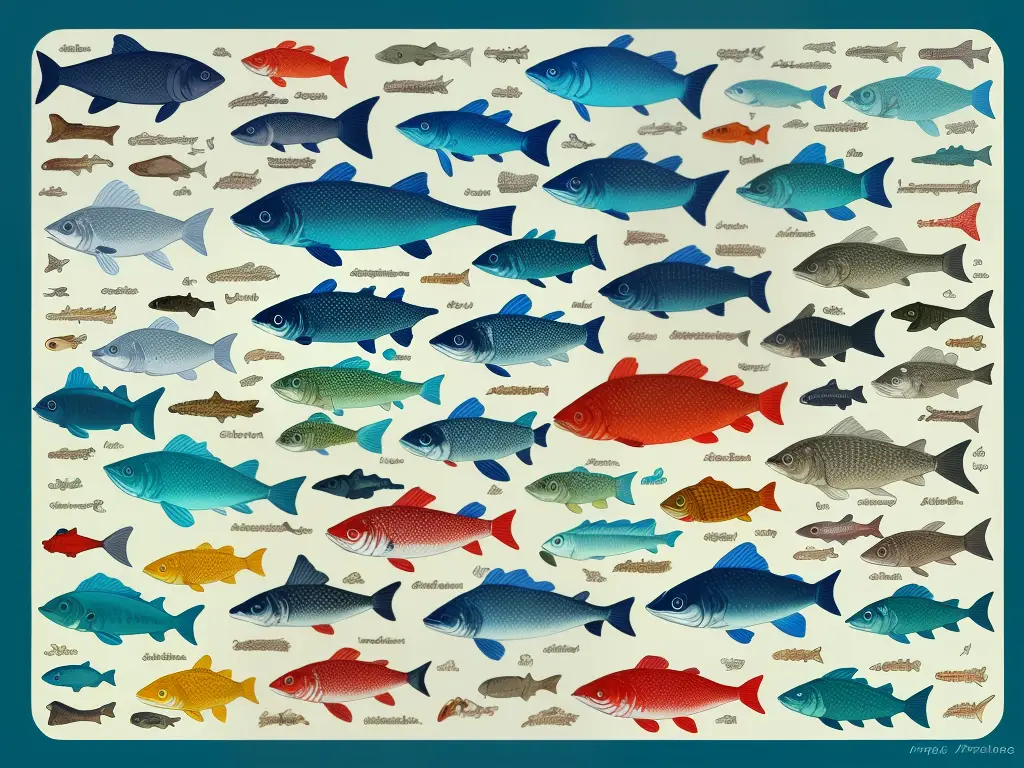
As we explored the many facets of seasonal fishing patterns, it becomes evident that a comprehensive understanding of fish behavior, habitats, weather, and water conditions can lead to successful angling experiences. Familiarizing oneself with the appropriate baits, lures, and techniques for each season, along with being mindful of local regulations and ethical practices, enhances the overall enjoyment and rewards of the sport. By engaging in practical experiences and networking with other anglers, one can continually learn and sharpen their skills, ensuring they are well-equipped to face the ever-changing challenges presented by the captivating realm of seasonal fishing.